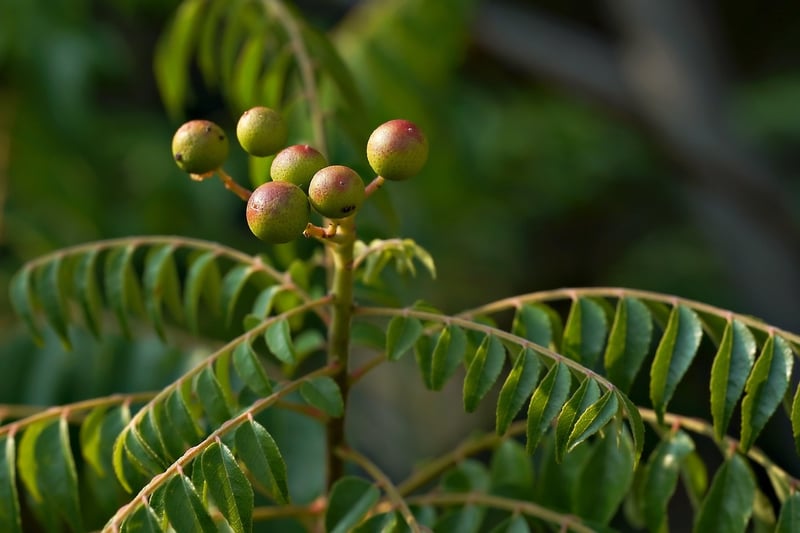Watering Guide
Essential Plant Care Advice + Watering Guide
Introduction
Welcome to our comprehensive plant care guide that will help you keep your green friends thriving! Proper plant care is essential for ensuring your plants stay healthy and vibrant. One of the most critical aspects of plant care is watering. Read on to learn essential plant care advice and a detailed watering guide to keep your plants happy.
Essential Plant Care Advice:
- Provide Adequate Light: Ensure your plants receive the right amount of light based on their specific needs. Some plants require direct sunlight, while others thrive in indirect light.
- Monitor Humidity Levels: Maintain optimal humidity levels for your plants. You can use a humidity tray or a humidifier to create the right environment.
- Regularly Dust Leaves: Dust can accumulate on plant leaves, hindering their ability to photosynthesize. Wipe the leaves gently with a damp cloth to keep them clean.
- Rotate Your Plants: Rotate your plants regularly to ensure even growth. This will help prevent them from leaning towards the light source.
- Inspect for Pests: Keep an eye out for any signs of pests on your plants. If you notice any pests, take immediate action to prevent infestations.
Watering Guide:
Proper watering is crucial for plant health. Overwatering or underwatering can both be detrimental to your plants. Here's a simple watering guide to help you keep your plants hydrated:
- Check Moisture Levels: Before watering, check the moisture level of the soil. Stick your finger about an inch into the soil; if it feels dry, it's time to water.
- Watering Frequency: The frequency of watering depends on the plant type, size of the pot, and environmental conditions. In general, most plants do well with once-a-week watering.
- Watering Technique: Water your plants thoroughly until water drains out of the bottom of the pot. Ensure that your pots have drainage holes to prevent waterlogging.
- Use Room Temperature Water: Avoid using extremely cold or hot water to water your plants. Room temperature water is ideal for most plants.
- Observe Plant Reactions: Pay attention to how your plants respond to watering. Wilting or yellowing leaves may indicate overwatering, while drooping leaves may signal underwatering.
Conclusion
By following these essential plant care tips and watering guide, you can create a nurturing environment for your plants to thrive. Remember that each plant is unique, so observe and adjust your care routine based on individual plant needs. Happy gardening!


